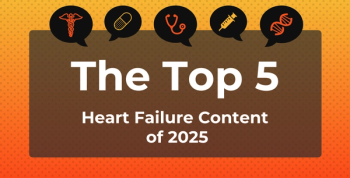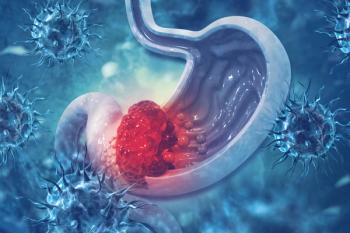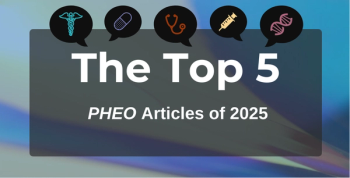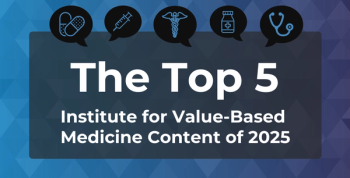
Linvoseltamab Offers Hope for Patients With Refractory Multiple Myeloma: Sundar Jagannath, MBBS
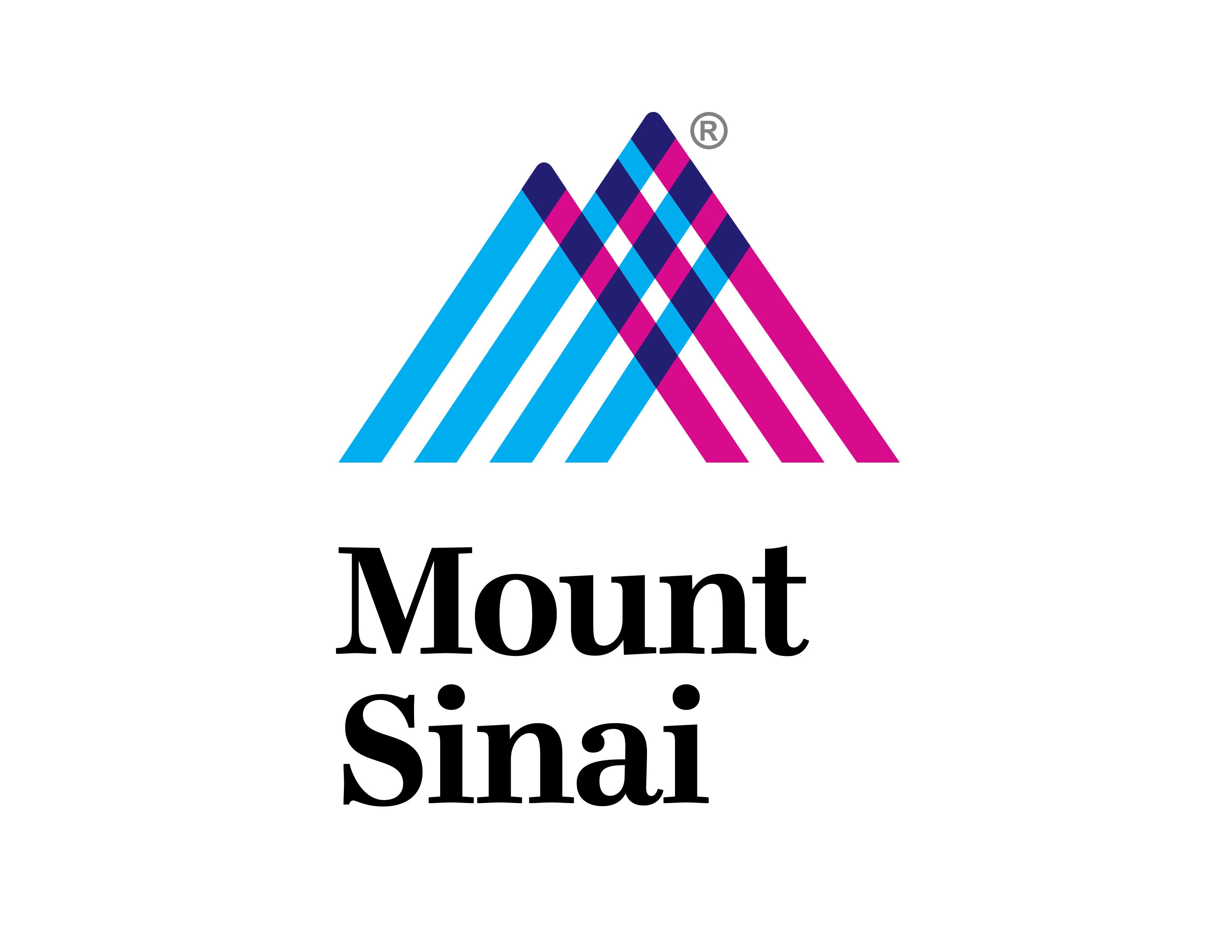
The FDA’s approval of linvoseltamab for adults with heavily pretreated relapsed/refractory multiple myeloma marks a significant advance, with Sundar Jagannath, MBBS, emphasizing its high response rates, manageable dosing schedule, and reduced treatment burden.
Earlier this month, the
In a recent interview, Sundar Jagannath, MBBS, professor of medicine at the
Watch the
This transcript was lightly edited; captions were auto-generated.
Transcript
What makes linvoseltamab a meaningful new treatment option for patients with multiple myeloma who have undergone multiple lines of therapy?
First of all, this drug was given [to] patients who had already been exposed to 3 important classes of drugs: proteasome inhibitors, which are Velcade (bortezomib) and carfilzomab; immunomodulatory molecules, Revlimid (lenalidomide) [or] pomalidomide; and anti-CD38 monoclonal antibodies, either daratumumab or isatuximab. Then, there is another antibody, elotuzumab.
Every one of the patients who participated in the clinical trial, 100%, they were all exposed to all 3 classes of drugs, and then they had to have relapsed multiple times, not one time. This was an advanced refractory [population], so they had 3 or more prior lines of treatment. The cancer had come back, and they received all these approved drugs.
In those patients, you come and give a drug like linvoseltamab, and you find out 70% of the patients responded, and 50% of them had a deep response or achieved a complete response; that is phenomenal. That's number one.
It [LINKER-MM1 data] has already been published both in the United States, as well as in Europe, looking at the natural history of patients who had triple-class-exposed and relapsed multiple myeloma and how they do. They all respond to an extent, but the median progression-free survival [PFS], if they respond, is pretty short, less than 4 months; that's the LocoMMotion trial (
Here, you have a bispecific, off-the-shelf, ready-to-give, it's an antibody, and you get a response rate of 70%. Over 70% of patients are progression-free at about 11 or 12 months, so the median was not reached. That is a phenomenal success, so that's number one.
The second one is [that with] this particular drug [linvoseltamab], the step-up dosing is very easy and well tolerated because it's given once a week in week 1. After giving this drug as an outpatient, you observe for 24 hours. Week 2, you give the next level, and then you observe them again for 24 hours. Then, from week 3 onwards, you are on the full dose.
The step-up dosing is much easier. They don't have to be in the hospital for 7 days, 5 days, or whatever it is. That's a big advantage for patients and older patients; nobody wants to be in the hospital, so this is a big plus.
The [third] thing is they got weekly [linvoseltamab] doses for the first 12 weeks, or 3 months. After that, the dose was given every other week for the next 12 weeks, or 3 months. After 6 months, patients who got VGPR [very good partial response] or better were given it only once every 4 weeks. The dose intensity was reduced, and therefore, the treatment burden was reduced.
Also, the infectious complications came down. As we reduced the frequency of the treatment, the infectious complications came down. That's a major plus for the patient. I think there is a unique advantage to this particular drug, so I'm very excited about it.
Newsletter
Stay ahead of policy, cost, and value—subscribe to AJMC for expert insights at the intersection of clinical care and health economics.

